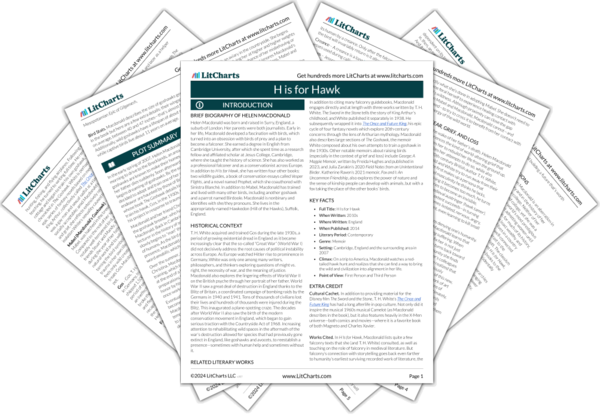Just as the winds contributed to Gos’s escape by blowing him off course from White, White’s appendicitis blows his plan to adopt another bird off course. Sometimes, people undermine themselves and ruin the things they love. Other times, circumstances intervene. In both cases, clinging too tightly to things causes pain. But those willing to undergo suffering and learn its lessons can grow, as White did.
